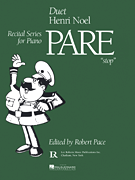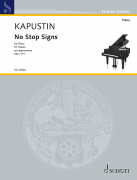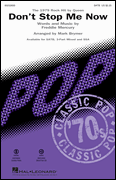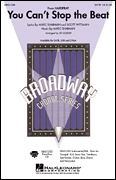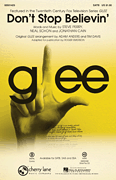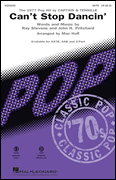Search Results for: “Stop”
Loading...
Silent Night View 656 Products
Don't Stop Believin' View 192 Products
Ave Maria View 160 Products
Can't Stop The Feeling! View 151 Products
Gloria View 140 Products
In The Bleak Midwinter View 130 Products
For The Beauty Of The Earth View 121 Products
Be Thou My Vision View 114 Products
I Can't Stop Loving You View 109 Products
Don't Stop View 72 Products
Stop! In The Name Of Love View 70 Products
Don't Stop Me Now View 69 Products
You Can't Stop The Beat View 57 Products
Stop The Cavalry View 47 Products
Nothing's Gonna Stop Us Now View 46 Products
He Stopped Loving Her Today View 43 Products
Sussex Carol View 37 Products
Who'll Stop The Rain View 35 Products
Stop View 34 Products
I Just Can't Stop Loving You View 31 Products
A Child Is Born In Bethlehem View 31 Products
Love Came Down At Christmas View 28 Products
Where Were You (When The World Stopped Turning) View 26 Products
We Can't Stop View 14 Products








